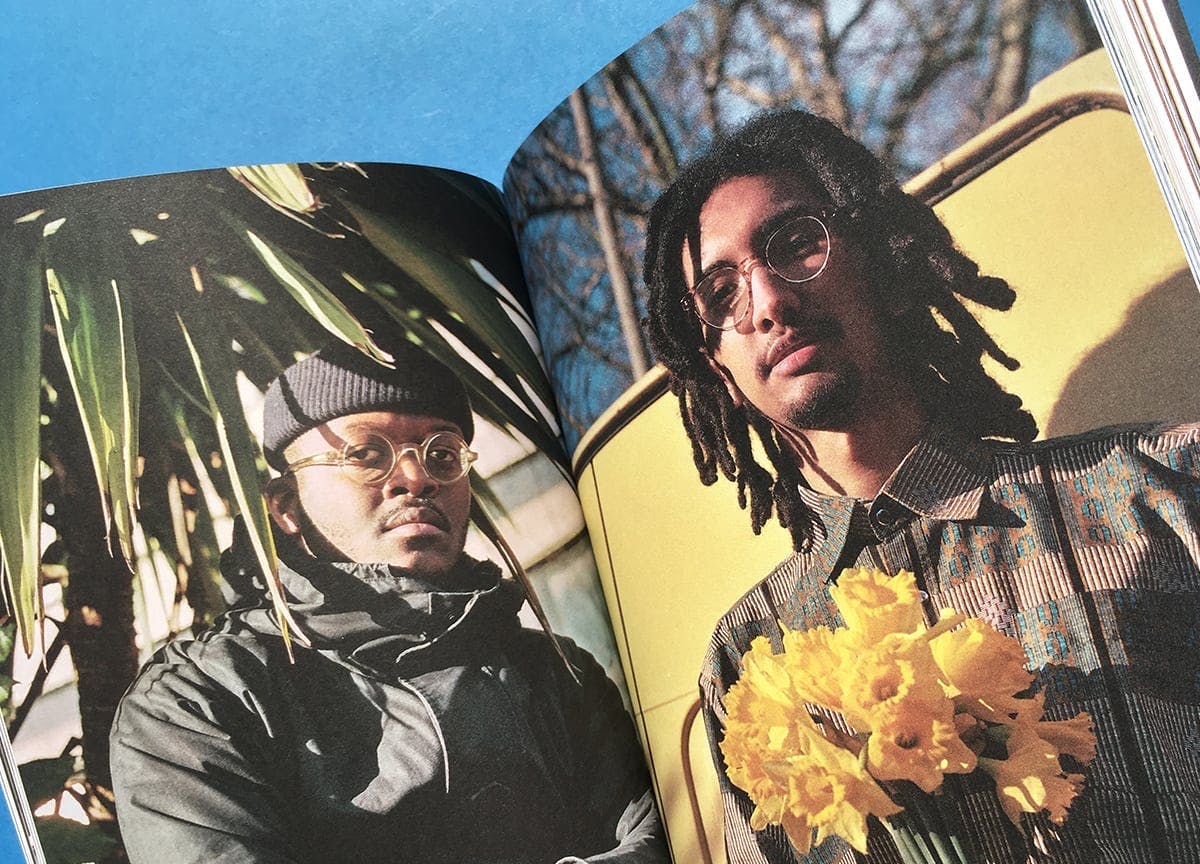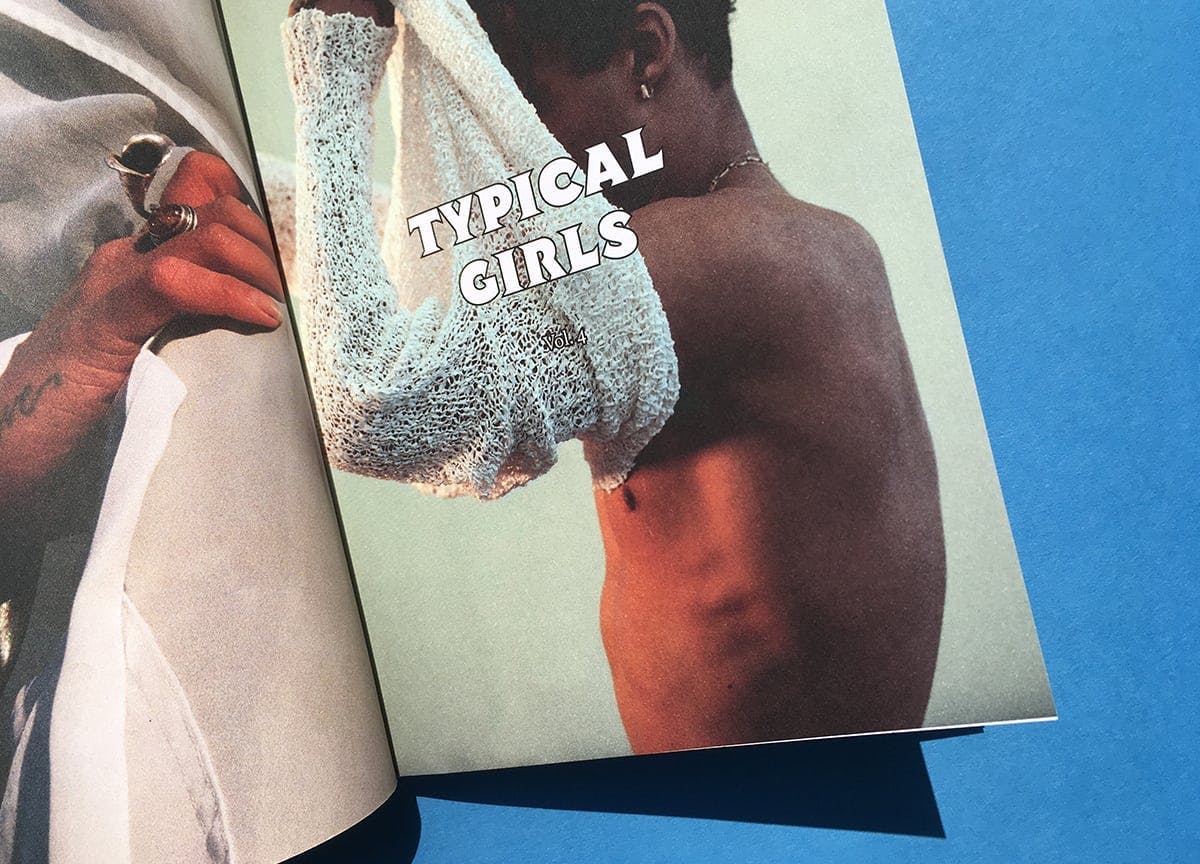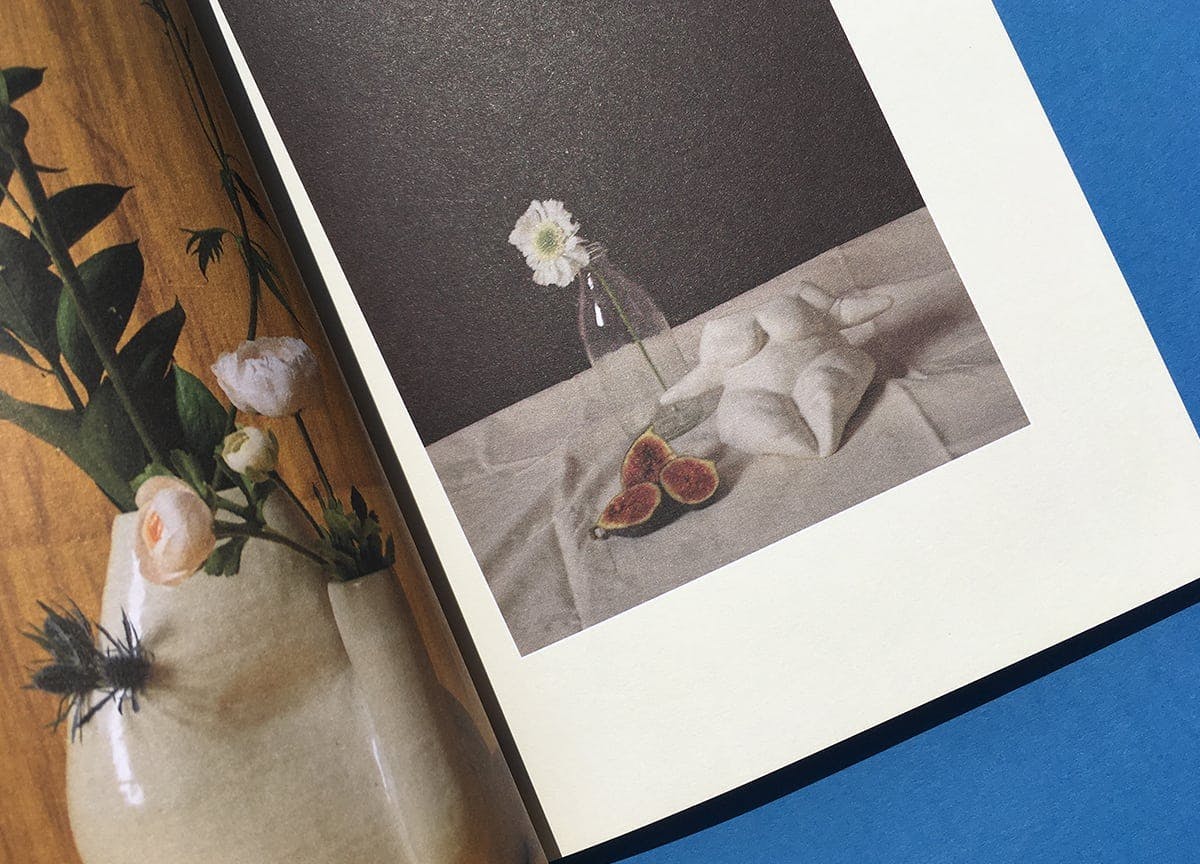Toxic masculinity, black fatherhood: Typical Girls magazine widen their scope of representation
Just this week, Look joined Glamour and Teen Vogue in a wave of women’s glossies facing closures. In its place, independent feminist titles are gaining more clout, and the release of the fourth issue of Typical Girls is proof that self-publishing is more apt at evolving and adapting to speak to women’s experiences today.
The magazine run by women of colour mixes interviews, photography, art and essays to break down stereotypes and make the case that there is no such thing as a ‘typical’ girl. This issue see the team expand their contributors to include men — as editor Jamila Prowse writes, “Feminism, in seeking to dismantle our gendered and patriarchal society, is a movement which serves all genders.” Read on for her definitive guide to the issue.
Masculinity sits at the heart of the issue
Amidst the Me Too movement, with an American President who publicly proclaims a history of perpetrating sexual harassment, toxic masculinity is still damagingly prevalent. Growing up with rigid expectations placed on gender is not only detrimental to women, and people who do not identify within the binary of two genders, but also to men who are raised with the notion that they must ‘man up’ instead of confronting their emotions.
The Typical Issue provides a detailed look at modern masculinity. In our cover series, shot by Tarona Leonora, model Dominick Tavares explores what masculinity means to him. Dominick was challenged by Tarona, and stylist Savannah Sinhal, to communicate the expectations which have been placed on him as a man, in front of the camera. The result is a candid portrait of a young man, adorned with tattoos and gold jewellery, with a seemingly tough exterior, who softens in front of the female gaze. One image sees Dominick with a single tear running down his face (below); an authentic moment of emotion in which he was asked to think about a painful memory. The smile which breaks out in spite of the tear is a result of Dominick’s relief and surprise at being free to share this moment in front of an unsuspecting audience – shattering the very constraints which hold him.

Billie Carter-Rankin provides an intimate portrait of black fatherhood across three generations
Black fathers are rarely represented in popular culture. When they are it is as the absent father. Billie Carter-Rankin counteracts this in her portrait of black fatherhood. Three fathers, all at different points of their lives, are photographed with their children. One commonality runs through the series; the intimacy, love and happiness these paternal relationships provide both father and child.
Collected over two years, Izaak T Adu shares photographs of his transition
Izaak T Adu (below) and Sam Barrett shared a home in Brighton two years ago. It was during this time that Sam began photographing Izaak. Then, Izaak was in the early stages of his transition from female to male. Outwardly, openly and in front of an audience, Izaak expresses his transition as a necessary part of accepting who he has always been. “I hold myself completely differently [now] because I’m not hiding anything.” In doing so, he bridges an alliance with other trans persons, in order to encourage them to embrace who they are at their core.

Two survivors indicate a pathway out of their past experiences of abuse
Since its conception, Typical Girls has always platformed the stories and experiences of those who are underrepresented by mainstream media. Often, these are stories which are difficult to tell. Julia Hovve, a survivor of domestic violence writes an open letter to her ex-partner, while Ricardo Reveron Blanco reveals the impact being sexually assaulted has had on his mental health. Both writers bravely share their stories in the hope that other survivors will find the strength to reach out to someone themselves. Julia states, “I’m writing this now so other girls can hear this. Girls like my younger self. I want to tell her she has the strength to leave, that this isn’t love, that there are ways to get out.”

Charlotte Dos Santos reflects herself as a role model for young women of colour
Across the ten tracks of Charlotte Dos Santos’ debut EP, the central protagonist Cleo undertakes a journey of self-discovery. Charlotte, drawing affinity with Cleo, wanted to create a figure whom both she and other black women could look up to. “I didn’t feel comfortable being like ‘I’m a role model! Look at me!’ So, I wanted to use Cleo to show that you can do it.” Charlotte has since toured Cleo throughout her original home of Norway, (a country Charlotte describes as “super homogenous and predominantly white”) where there is a lack of positive role models for women of colour. “I think that it is a beautiful thing seeing women getting familiar with other women, in terms of women of colour coming together.”







